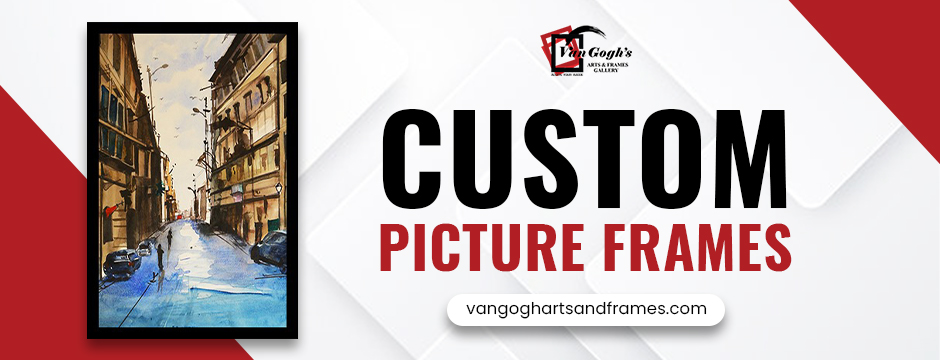Whether you’re designing a contemporary home, curating a gallery, or setting up a high-end retail display, the clarity and visibility of your project can make or break its impact. One often overlooked element in achieving that pristine, professional look is the type of glass used, particularly non-reflective glass. Unlike standard glass, which can cause harsh glares and distracting reflections, non-reflective glass ensures unobstructed viewing and an elevated aesthetic.
But with multiple types of non-reflective glass available, each offering different levels of transparency, durability, and UV protection, making the right choice can feel overwhelming. Should you opt for anti-reflective coated glass, acid-etched matte glass, or museum-grade UV-protective options? The answer depends on the specifics of your project—function, style, lighting conditions, and budget. In this guide, we’ll walk you through everything you need to know to choose the perfect Non Reflective Glass that enhances both form and function.
Understanding Non Reflective Glass: A Brief Overview
Non Reflective Glass—often referred to as anti-glare or anti-reflective glass—is designed to reduce the amount of light reflected off the surface. This is accomplished through one or more techniques:
- Anti-Reflective Coatings: Thin layers of metal oxides that minimise reflection.
- Etched or Matte Finishes: Textured glass surfaces that diffuse light.
- Laminated or UV-Blocking Films: Offers both glare reduction and protection from harmful ultraviolet rays.
Types of Non-Reflective Glass and Their Applications
Anti-Reflective (AR) Coated Glass
Best for: Museums, art galleries, luxury displays, electronics
This high-performance glass is treated with multiple microscopic layers to minimise reflection to as low as 0.5%. It offers:
- High light transmission (98–99%)
- True colour representation
- Nearly invisible appearance
- UV filtering options
Considerations: It’s typically more expensive and prone to fingerprints, so it’s best used in controlled environments.
Etched or Matte Glass
Best for: Interior design, office partitions, privacy screens
Etched glass uses acid or sandblasting to create a matte surface that diffuses light. It’s a stylish option that reduces glare and offers privacy.
- Soft, uniform appearance
- Scratch-resistant
- Easily customizable with patterns or designs
Considerations: While it reduces glare, it does not provide the same clarity as AR-coated glass and isn’t ideal for applications requiring true image visibility.
Museum-Grade Glass
Best for: Framing valuable artwork or collectables
This is premium glass engineered for maximum clarity and protection. It often combines anti-reflective coatings with UV protection to preserve delicate works.
- Virtually invisible viewing
- Blocks up to 99% UV rays
- Anti-static and scratch-resistant
Considerations: One of the most expensive options, but worth it for preservation and high-end presentation.
Laminated Non-Reflective Glass
Best for: Commercial buildings, signage, and retail displays
This type includes a clear interlayer (often PVB or EVA) between two glass panes, which can be treated for anti-glare properties.
- Impact resistant
- Optional UV filtering
- Sound insulation benefits
Considerations: Thicker and heavier than single-pane options; installation may require structural adjustments.
Acrylic with Non-Reflective Coating
Best for: Lightweight displays, portable exhibits, and DIY framing
Acrylic offers similar optical benefits as glass but is shatter-resistant and easier to handle.
- Lighter and safer for shipping
- UV-protective versions available
- Available in cut-to-size sheets
Considerations: Less scratch-resistant than glass and may yellow over time without proper UV protection.
Factors to Consider Before Choosing
Purpose of Use

Are the custom picture frames being used for display, protection, partitioning, or decoration? For example:
- Choose museum glass for high-value art.
- Use etched glass for stylish office partitions.
- Opt for laminated glass in commercial environments requiring durability.
Light and Glare Conditions
If the glass is installed in an area with intense natural or artificial lighting, anti-reflective coatings are key to maintaining visibility and readability.
UV Protection Needs
UV rays can fade artwork, photos, and textiles. If preservation is a concern, prioritise options that offer 90–99% UV blocking capabilities.
Aesthetic Goals
Non-reflective glass should blend seamlessly into your space. Consider:
- Colour neutrality (some coatings may have a slight tint)
- Edge finishes (polished, bevelled, or frosted)
- Ability to showcase fine details
Durability and Maintenance
- AR-coated glass requires frequent cleaning with non-abrasive cloths.
- Etched glass hides fingerprints and scratches better.
- Acrylic is ideal where weight is a concern, but should be cleaned with care.
Installation and Handling Tips
- Ensure the glass is stored and installed in a dust-free environment to avoid scratches or blemishes.
- Use clean gloves when handling AR-coated glass to prevent oil transfer.
- Always match the thickness and dimensions accurately for a seamless finish.
Future Trends in Non-Reflective Glass
With innovations in nanotechnology, we can expect future non-reflective glass to become more scratch-resistant, self-cleaning, and even smarter, with digital projection capabilities embedded directly into the surface. For now, choosing the right existing technology ensures you don’t compromise on clarity, protection, or aesthetics.
Wrapping Up
Choosing the right Non Reflective Glass depends on the nature of your project, environmental factors, and the level of visual fidelity you desire. From preserving a prized painting to creating immersive displays, the right glass is your invisible partner in perfection.
If you’re looking for expert guidance, premium framing, or the finest selection of non-reflective glass tailored to your needs, trust the professionals at Vangogh Arts & Frames. Our bespoke solutions cater to galleries, homeowners, designers, and corporations alike, ensuring every project gets the clarity it deserves.